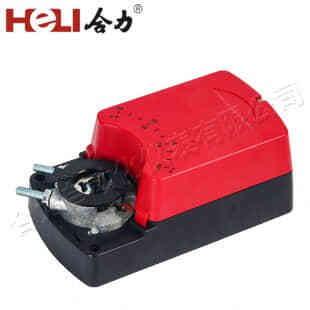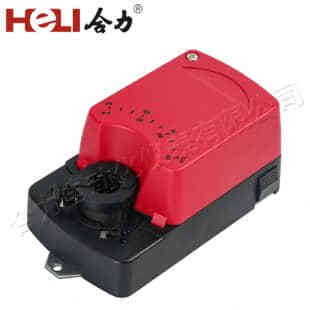In modern HVAC (Heating, Ventilation, and Air Conditioning) systems, ensuring proper airflow and maintaining optimal environmental conditions within a building are critical tasks. Damper actuators play a vital role in achieving this by controlling the movement of dampers, which are essential components used to regulate airflow and temperature. In this article, we will explore the functionality, importance, and application of damper actuators, emphasizing their role in creating efficient and controlled indoor climates.

What is a Damper Actuator?

A damper actuator is a device used to control the position of dampers in HVAC systems, regulating the flow of air, heat, or cooling within ducts or ventilation systems. Dampers are mechanical devices that can open or close partially or completely, and damper actuators automate this process by converting electrical signals into mechanical movement. They are typically motor-driven and can be operated using electric, pneumatic, or hydraulic means, depending on the system’s design and requirements. The actuator is responsible for ensuring that the damper moves to the correct position as dictated by the system’s control logic. This might involve adjusting the damper’s position in response to changes in air pressure, temperature, or humidity levels within the ductwork. By modulating the airflow, damper actuators help maintain balanced airflow throughout a building, thereby optimizing the performance of the HVAC system.

Leave a Reply